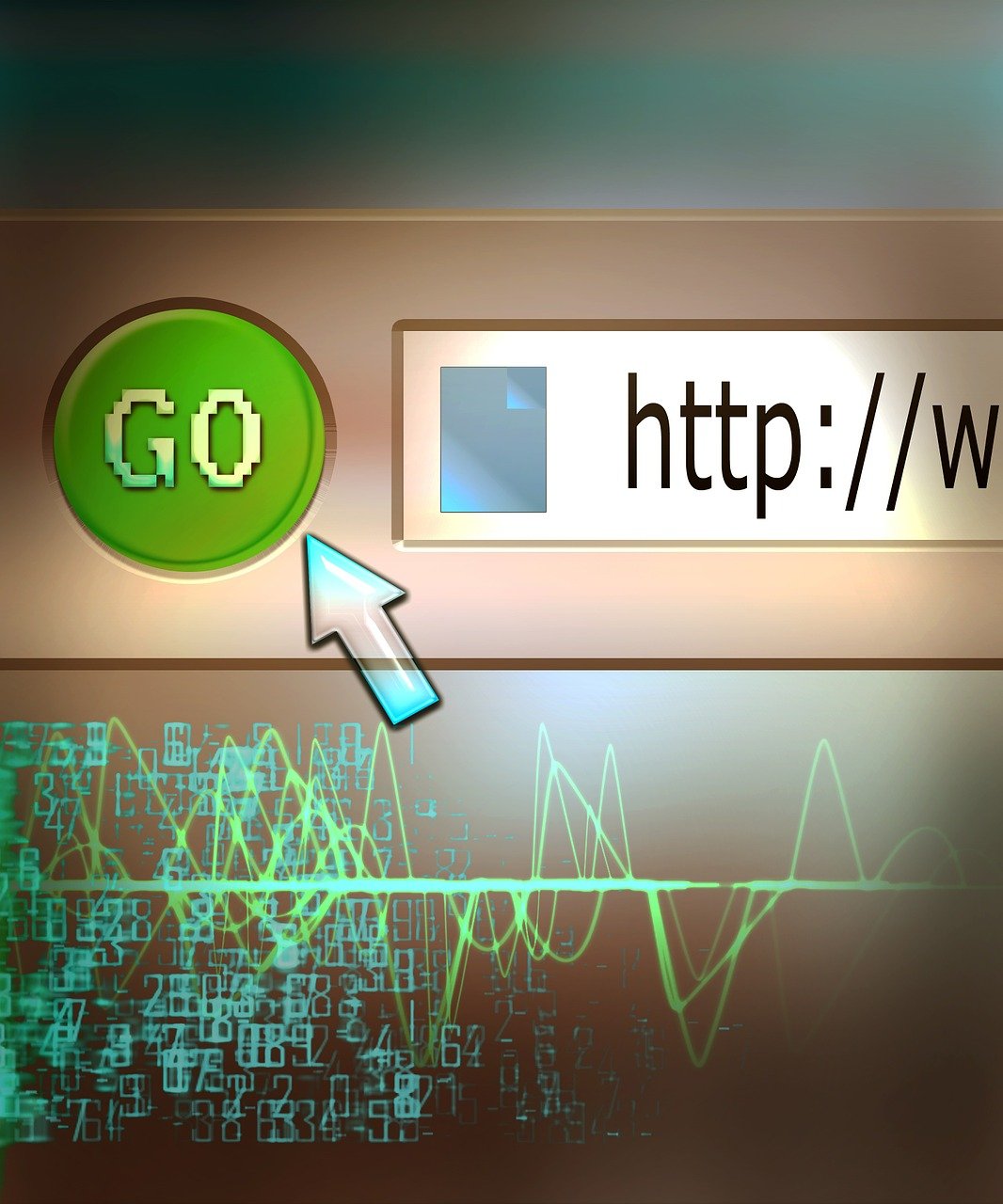Welcome to our comprehensive guide on getting started with Python programming! Whether you’re a beginner eager to dive into the world of coding or just looking to expand your skill set, this article is designed to provide you with a solid foundation in Python basics. In the following sections, you’ll find essential tips, fundamental concepts, and useful examples to help you learn Python swiftly and efficiently. So, let’s embark on this exciting journey and explore the possibilities that Python has to offer.
1. Introduction to Python: Getting Started with the Basics
Python is renowned for its simplicity and versatility, making it an ideal programming language for beginners. If you are just starting with Python, you’re in the right place. This section will guide you through the essentials to help you get up and running with Python quickly.
Installation and Setup
To begin with Python programming, you need to have Python installed on your computer. Python can be downloaded from the official Python website (https://www.python.org/downloads/). It is recommended to download the latest version; however, be aware that certain packages and libraries may have specific version requirements.
- Download and Install:
- Windows: Run the installer and ensure you check the option “Add Python to PATH”.
- macOS: Use the command
brew install python3if you have Homebrew installed. Otherwise, download the installer from the official website. - Linux: Use your package manager, for example,
sudo apt-get install python3for Debian-based distributions.
- Verify Installation: After installation, open your terminal or command prompt and type:
python --versionIf you see the Python version, the installation was successful.
Running Python Code
You can run Python code in several ways:
- Interactive Shell: Launch the interactive Python shell by typing
pythonorpython3on your terminal.>>> print("Hello, World!") Hello, World! - Script File: Create a Python file with a
.pyextension (e.g.,hello.py) and write your code inside it.# hello.py print("Hello, World!")Run this script from the terminal or command prompt using:
python hello.py
Basic Syntax: Variables, Data Types, and Operations
Variables and Data Types
Python is a dynamically-typed language, which means you don’t need to declare the data type of a variable before using it.
# Variables
name = "Alice" # String
age = 30 # Integer
height = 5.4 # Float
is_student = True # Boolean
Python supports various data types, including strings (str), integers (int), floating-point numbers (float), and booleans (bool).
Basic Operations
Below are some basic operations you can perform in Python:
# Arithmetic Operations
sum = 10 + 5 # Addition
difference = 10 - 5 # Subtraction
product = 10 * 5 # Multiplication
quotient = 10 / 5 # Division
modulus = 10 % 3 # Modulus
# String Operations
greeting = "Hello"
name = "Alice"
welcome_message = greeting + " " + name # Concatenation
# Boolean Operations
is_adult = age > 18 # Comparison
Comments in Python
Comments are crucial for making your code readable and maintainable. In Python, comments start with the # symbol.
# This is a single-line comment
"""
This is a
multi-line comment
or docstring
"""
Input and Output
Getting user input and printing output are fundamental operations in Python.
# Output
print("Welcome to Python!")
# Input
user_name = input("Enter your name: ")
print(f"Hello, {user_name}!")
Basic Control Structures
Understanding control structures like conditionals and loops is essential for Python programming.
Conditionals
# If-elif-else
if age < 18:
print("You're a minor.")
elif 18 <= age < 65:
print("You're an adult.")
else:
print("You're a senior.")
Loops
# For loop
for i in range(5):
print(i)
# While loop
count = 0
while count < 5:
print(count)
count += 1
These are the Python coding basics that will pave the way for more advanced topics. For additional details, refer to the Python documentation: https://docs.python.org/3/tutorial/index.html
2. Python Programming Fundamentals: Key Concepts and Syntax
Python Programming Fundamentals: Key Concepts and Syntax
When diving into Python, grasping the core concepts and syntax is fundamental to establishing a strong programming foundation. Python’s readability and simplicity make it an excellent choice for beginners. Below, we break down key components and illustrate them with examples.
Variables and Data Types
Variables in Python are used to store information that can be referenced and manipulated. Python employs dynamic typing, allowing variables to change types, and emphasizes readability by supporting multiple data types.
# Defining various types of variables
a_number = 42 # Integer
a_float = 3.1415 # Float
a_string = "Hello, World!" # String
a_bool = True # Boolean
print(type(a_number)) # Output: <class 'int'>
print(type(a_float)) # Output: <class 'float'>
print(type(a_string)) # Output: <class 'str'>
print(type(a_bool)) # Output: <class 'bool'>
Control Structures
Python offers essential control structures to manage the flow of the program: conditional statements (if, elif, else), loops (for and while), and comprehensions.
Conditional Statements
# Basic if-elif-else structure
x = 10
if x > 10:
print("x is greater than 10")
elif x == 10:
print("x is equal to 10")
else:
print("x is less than 10")
Loops
# For loop example
for i in range(5):
print(i) # Outputs 0, 1, 2, 3, 4
# While loop example
count = 0
while count < 5:
print(count)
count += 1 # Increment count by 1
Functions
Functions facilitate code reuse and organization in Python. They are defined using the def keyword.
# Defining a simple function
def greet(name):
return f"Hello, {name}!"
print(greet("Alice")) # Output: "Hello, Alice!"
Data Structures
Python provides a rich set of built-in data structures, such as lists, tuples, sets, and dictionaries.
Lists
# Creating and manipulating lists
fruits = ["apple", "banana", "cherry"]
fruits.append("date")
print(fruits) # Output: ['apple', 'banana', 'cherry', 'date']
Tuples
# Tuples are immutable
coordinates = (10, 20)
print(coordinates) # Output: (10, 20)
Sets
# Sets contain unique elements
unique_numbers = {1, 2, 2, 3, 4}
print(unique_numbers) # Output: {1, 2, 3, 4}
Dictionaries
# Dictionaries store key-value pairs
phonebook = {"Alice": "123-4567", "Bob": "987-6543"}
print(phonebook["Alice"]) # Output: "123-4567"
Error Handling
Handling exceptions is a crucial part of writing robust Python code. The try and except blocks catch and handle errors gracefully.
try:
result = 10 / 0
except ZeroDivisionError:
print("You can't divide by zero!") # Output: "You can't divide by zero!"
Diving into these Python fundamentals, you can build a solid foundation to tackle more complex tasks and projects. For comprehensive details and further reading, refer to the official Python documentation.
3. Essential Tools and Environments for Python Beginners
When diving into Python for the first time, it’s crucial to set up an efficient development environment. This section will guide you through essential tools and environments tailored for Python beginners.
Integrated Development Environments (IDEs)
Selecting an IDE can significantly impact your learning curve. IDEs provide an all-in-one experience with tools such as code editors, debuggers, and integrated terminal support.
- PyCharm: Categorized into a Professional (paid) version and a Community (free) version, PyCharm is accessible for beginners. It offers features like intelligent code completion, code inspections, and an integrated debugger. For more information, visit the JetBrains PyCharm page.
# Example of writing a simple Python function in PyCharm def greet(name): return f"Hello, {name}!" print(greet("Python Beginner")) - Visual Studio Code (VS Code): VS Code stands out for its lightweight feel and extensive customization. Extensions like Python by Microsoft enhance its capabilities, providing linting, debugging, and even Jupyter Notebook support. Learn more about setting it up at the VS Code Python Documentation.
# Example of using VS Code for Python with the Python extension import math def calculate_circle_area(radius): return math.pi * (radius ** 2) print(calculate_circle_area(5)) - Thonny: Specifically aimed at beginners, Thonny offers a simple UI with basic debugging and a built-in Python shell. It’s an intuitive option for those just starting, helping to eliminate complexity. Visit Thonny’s official site for more details.
Text Editors
Text editors can be a good starting point if you prefer a more straightforward, less graphical interface. They allow flexibility and can be extended with various plugins.
- Sublime Text: This is a powerful text editor with features like multiple selection, command palette, and split editing. It supports Python with plugins like Anaconda for syntax highlighting, autocompletion, and more. Check out the Sublime Text official website.
- Atom: Known as the hackable text editor, Atom is developed by GitHub and supports cross-platform usage. It can be extended with packages specifically for Python, like ide-python and hydrogen. Explore more at the Atom homepage.
Python Distributions
Having the right Python distribution installed is foundational.
- Anaconda: Particularly useful for data science and machine learning, Anaconda comes with over 1,500 scientific packages and a package manager called Conda. It simplifies package management and deployment. More can be found at the Anaconda website.
- Python.org: For a more traditional setup without the additional packages, downloading Python directly from python.org is a straightforward approach. This allows for a clean install, ensuring you get the necessary files for development.
Virtual Environments
Understanding and using virtual environments is a key skill for Python beginners. They allow you to create isolated spaces for different projects, ensuring that dependencies don’t conflict.
- venv: This is included in the standard library and provides a simple way to create a virtual environment.
# Creating a virtual environment python -m venv myenv # Activating the virtual environment # On Windows myenv\Scripts\activate # On Unix or MacOS source myenv/bin/activate - Conda: A powerful alternative by Anaconda, which can manage environments and packages across languages. It’s especially useful for complex projects that may involve multiple programming languages.
# Creating a new Conda environment conda create --name myenv # Activating the Conda environment conda activate myenv
Setting up these tools and environments will position you strategically as you embark on your Python programming journey.
4. Common Challenges and Solutions for Python Newbies
One of the first common challenges Python beginners face is understanding indentation and its role in Python syntax. Unlike many other programming languages that use braces to define code blocks, Python uses indentation. Incorrect indentation can easily lead to errors and make the code difficult to read.
# Incorrect Indentation Example
if True:
print("This will cause an IndentationError")
# Correct Indentation Example
if True:
print("This will print correctly")
It’s crucial to be consistent with your indentation, typically using four spaces per indentation level. Thankfully, using an integrated development environment (IDE) like Visual Studio Code or PyCharm can automatically insert these spaces and keep the code clean.
Another frequent issue is properly managing scope and variable names. Beginners may encounter problems when they use variables outside of their intended scope or inadvertently overwrite global variables:
# Example of Variable Scope Issue
def example_func():
a = "Local"
print(a)
a = "Global"
example_func()
print(a) # a will still be "Global"
# Example of Overwriting Variables
def another_func():
global a # Explicitly defining the scope to avoid overwriting
a = "Changed"
a = "Original"
another_func()
print(a) # a will now be "Changed"
Using descriptive variable names and understanding local versus global scope can help avoid such pitfalls. Moreover, referring to Python’s official documentation on variables can provide more insights.
Handling data types, particularly strings and numbers, also trips up many newcomers:
# Common Error: Mixing Data Types
age = "30"
print("Age: " + age + 5) # Will raise a TypeError
# Correct Approach
age = 30
print("Age: " + str(age)) # Using str() to convert the integer to a string
Python is dynamically typed, but it’s still essential to be mindful of the data types you’re working with to prevent these errors. A useful reference can be found in the data types section of the Python documentation.
Another challenge for Python beginners is effectively debugging their code. The use of print statements is a common but rudimentary method for debugging. A more advanced approach involves using Python’s built-in pdb debugger:
import pdb
def buggy_function(x, y):
result = x + y
pdb.set_trace() # Sets a breakpoint
return result
print(buggy_function(5, '10')) # This will raise a TypeError and pdb will help you debug
The pdb module allows you to step through your code, inspect variables, and understand where and why errors occur. More details on pdb can be found in the documentation.
Lastly, newcomers often struggle with error handling via exceptions. Knowing how to use try and except blocks can help manage potential errors gracefully:
try:
number = int(input("Enter a number: "))
print(f"Your number: {number}")
except ValueError:
print("This is not a valid number")
This simple pattern helps in preventing the program from crashing and provides informative messages to the user. The Python documentation on exceptions offers further examples and guidance.




